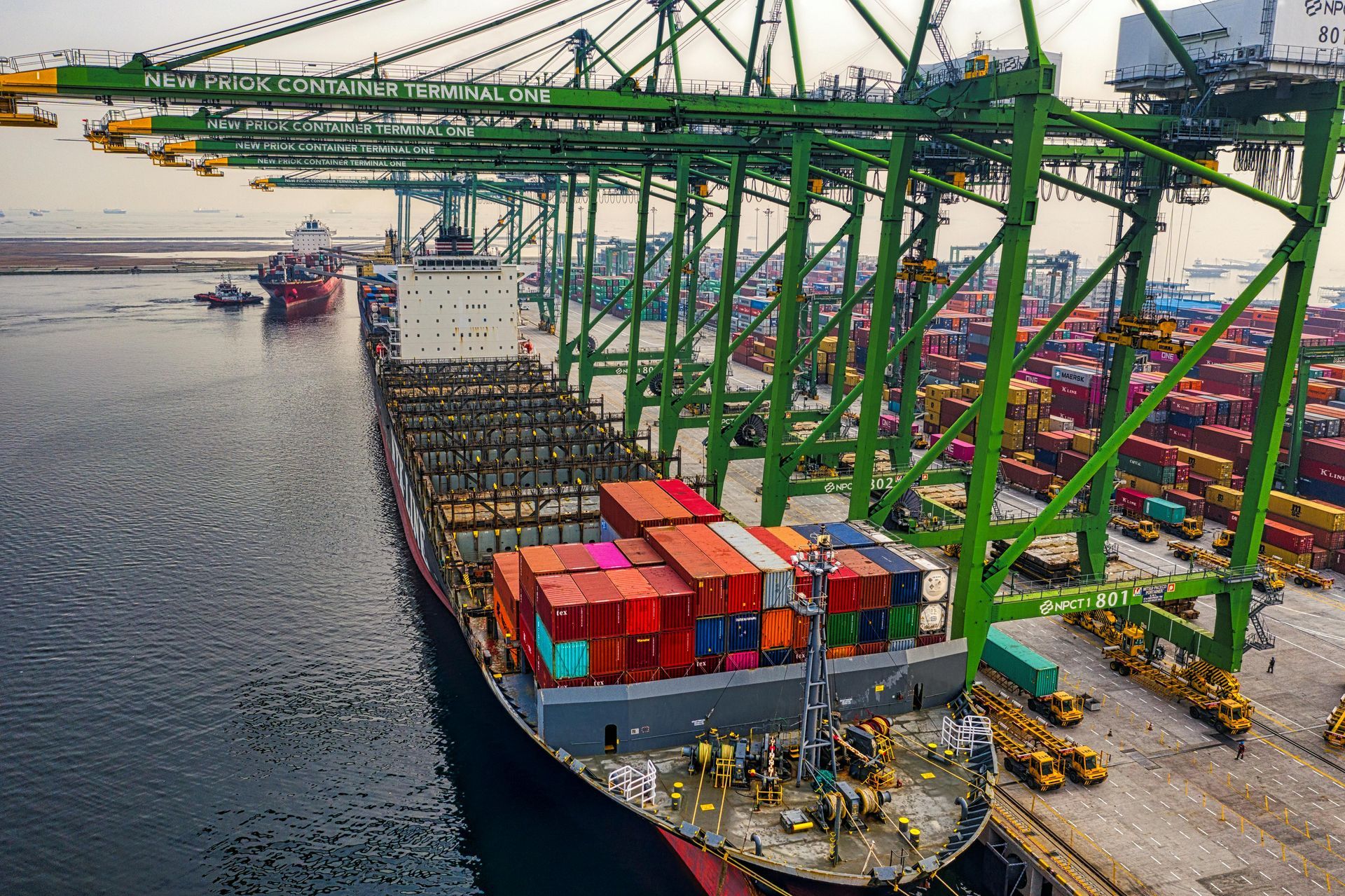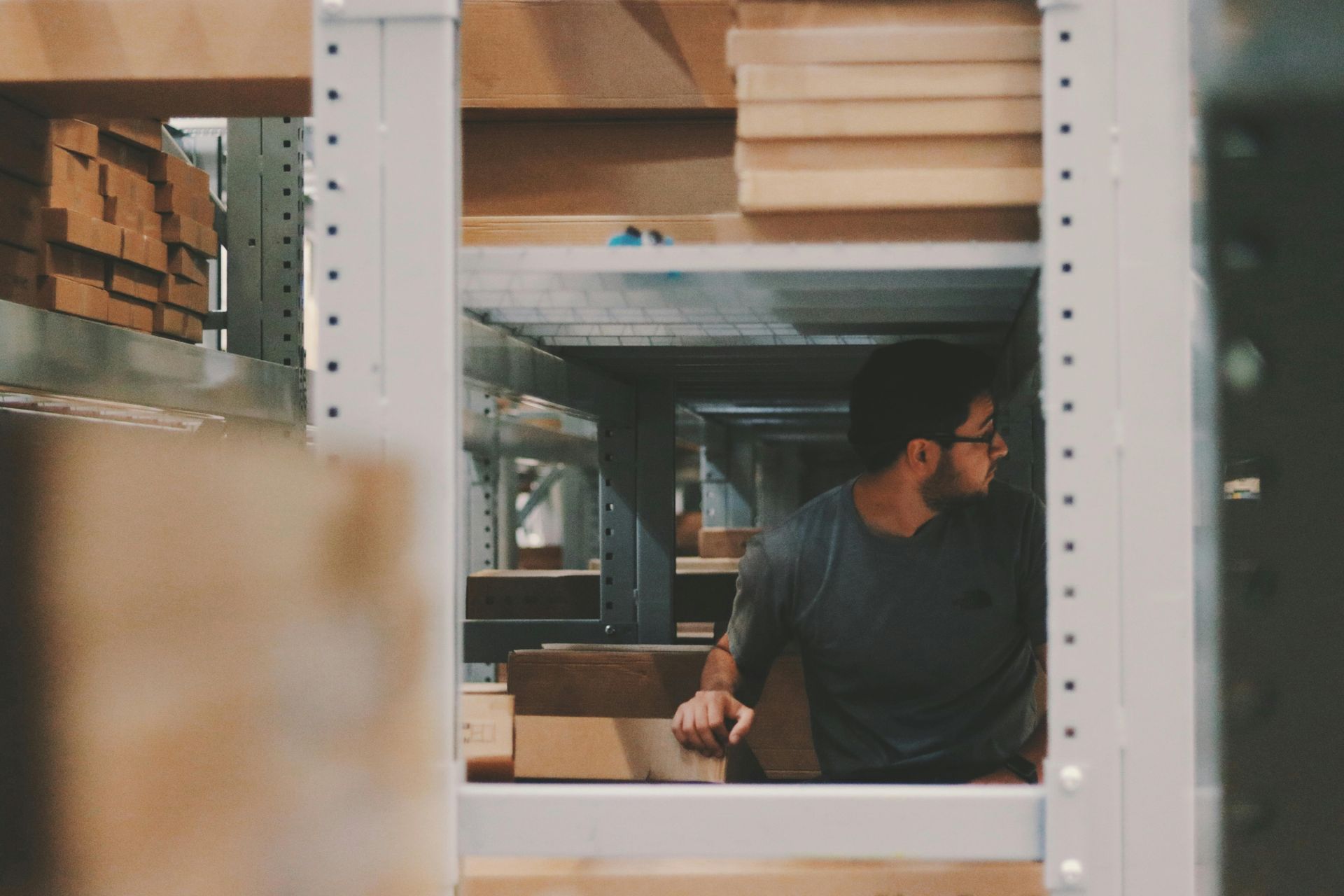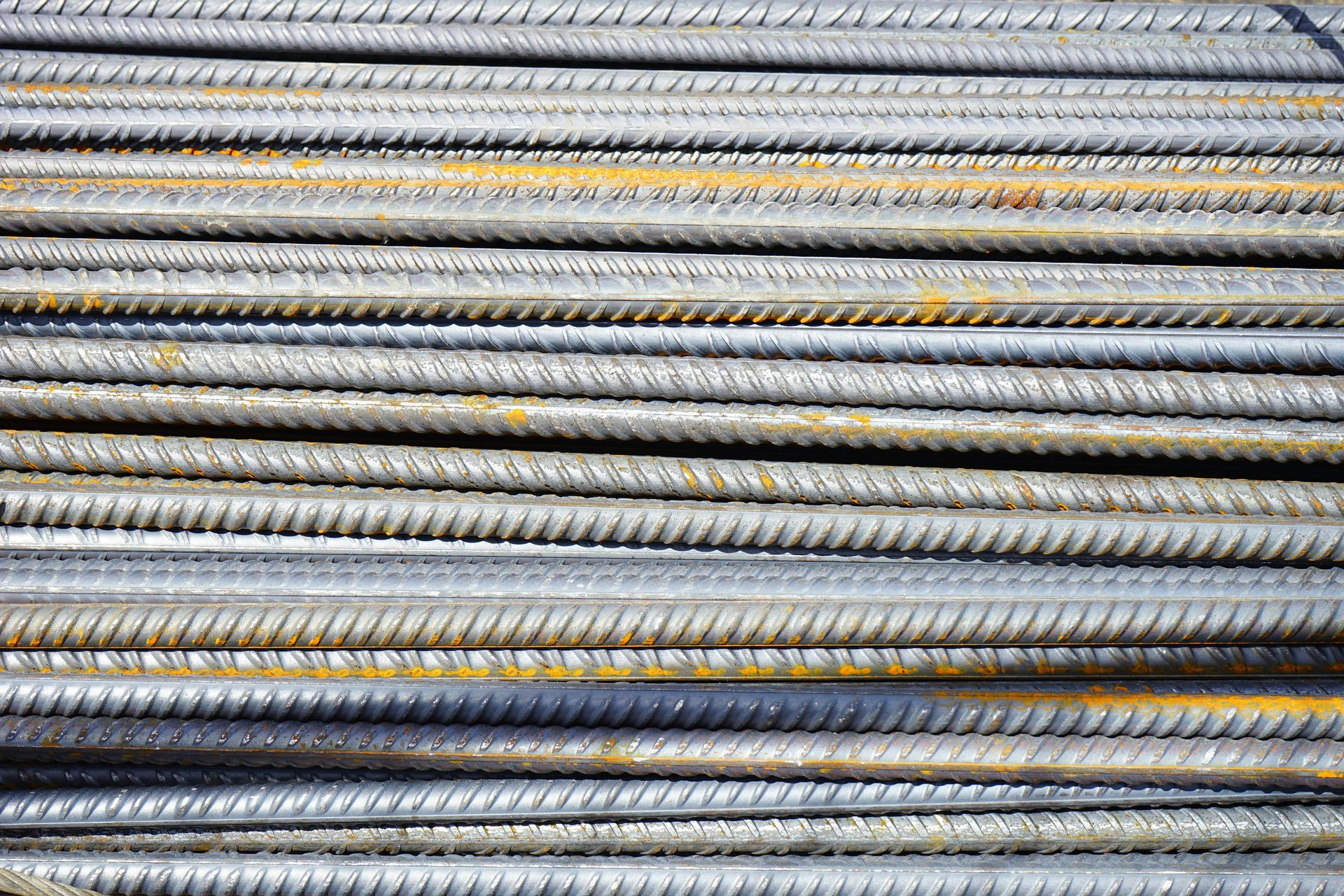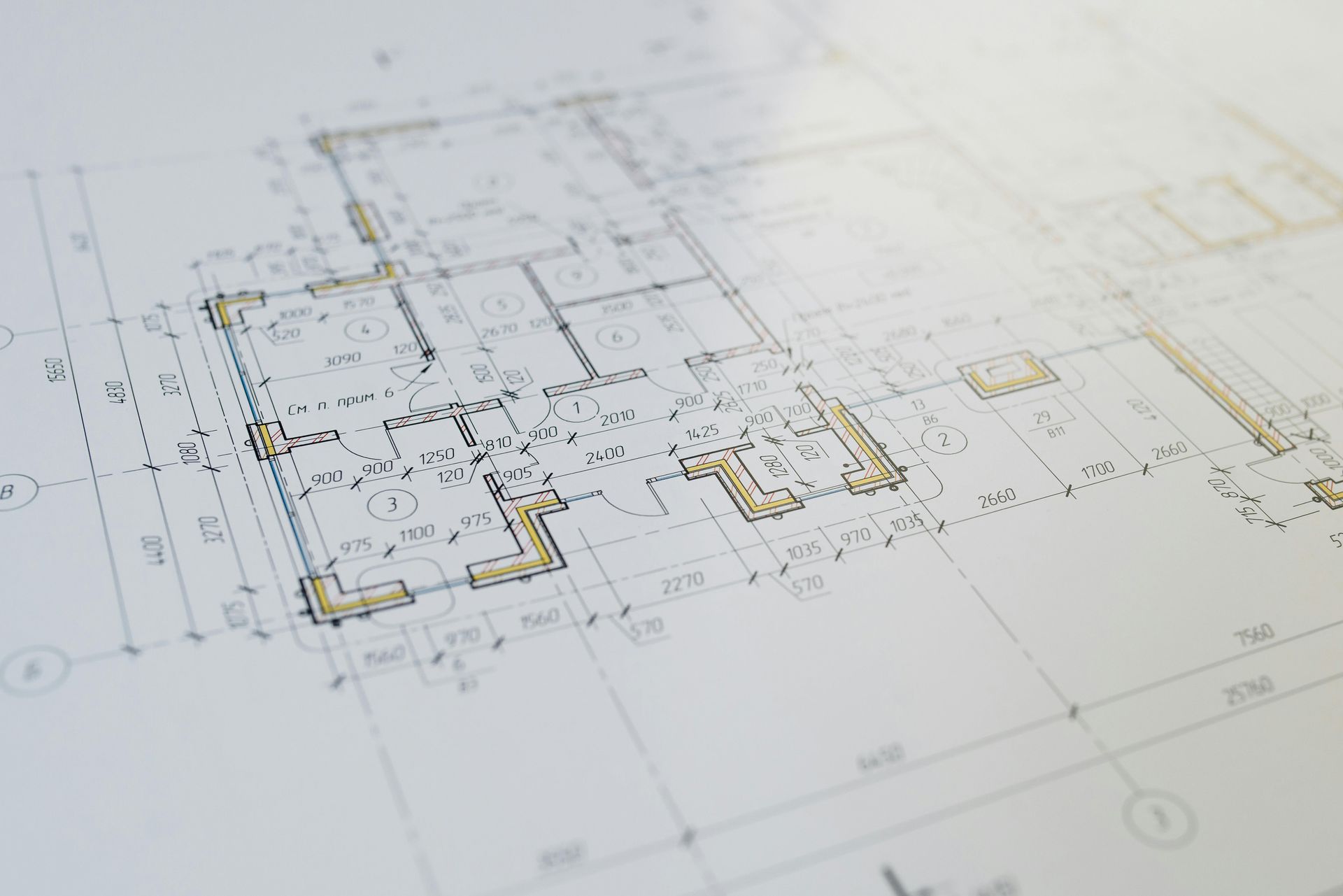Technology Trends in MDUs: Elevating Urban Living with Smart Innovations
Technology is rapidly transforming the way we live, and Multiple Dwelling Units (MDUs) are no exception. As residents increasingly seek out convenience, efficiency, and connectivity, MDUs are turning to smart innovations to enhance the quality of urban living. By integrating cutting-edge technologies, MDUs can create smarter, more comfortable environments that cater to the evolving needs of modern residents.
In this blog post, we will explore some of the latest technology trends in MDUs and how these innovations are shaping the future of urban living. From smart home features to energy management systems, these technologies are revolutionizing the way residents interact with their living spaces, making daily life easier, safer, and more enjoyable.
Smart Home Automation
Smart home automation is at the forefront of technology integration in MDUs, providing residents with unparalleled convenience and control over their living spaces. By incorporating smart home systems, MDUs can create a connected environment where residents can manage various aspects of their home with just a tap or voice command.
- Voice-Activated Assistants: Voice-activated assistants, such as Amazon Alexa or Google Assistant, allow residents to control lighting, thermostats, and other connected devices using simple voice commands. These assistants not only provide convenience but also enhance accessibility for residents with limited mobility.
- Smart Lighting and Thermostats: Smart lighting systems enable residents to create customized lighting schedules and adjust brightness levels remotely. Similarly, smart thermostats allow residents to optimize their home's temperature based on their preferences and daily routines, ultimately improving energy efficiency.
- Keyless Entry Systems: Smart locks and keyless entry systems provide a secure and convenient way for residents to enter their units. Using a mobile app, residents can unlock their doors remotely, share access with trusted visitors, and receive notifications when someone enters their home.
High-Speed Internet and Connectivity
In today's digital age, reliable high-speed internet is a must-have feature for urban living. MDUs that offer robust internet connectivity create an environment that supports remote work, entertainment, and the use of smart devices throughout the building.
- Gigabit Internet: Providing gigabit-speed internet ensures that residents have fast and reliable connectivity for all their digital needs, from streaming and online gaming to remote work and video conferencing. High-speed internet is particularly important for MDUs with multiple residents who may need to access bandwidth-intensive applications simultaneously.
- Building-Wide Wi-Fi: Extending Wi-Fi coverage to common areas, such as lobbies, fitness centers, and rooftop lounges, enhances the flexibility and convenience of working or relaxing in different parts of the building. Seamless connectivity throughout the MDU encourages residents to utilize communal spaces without worrying about losing internet access.
- Mesh Network Solutions: Implementing a mesh network system ensures that internet connectivity is strong and consistent throughout the entire building, eliminating dead zones and providing residents with uninterrupted service no matter where they are.
Building-Wide Energy Management Systems
Energy efficiency is a key priority for MDUs, not only to reduce operational costs but also to promote sustainability. Building-wide energy management systems leverage technology to optimize energy usage, helping both property managers and residents lower their carbon footprint.
- Smart Energy Meters: Smart energy meters allow residents and property managers to track energy consumption in real-time. By providing insights into usage patterns, smart meters empower residents to make informed decisions about reducing energy waste, ultimately lowering their utility bills.
- Automated Lighting and Climate Control: Automated lighting and HVAC systems in common areas help minimize energy waste by adjusting based on occupancy and time of day. Sensors and timers ensure that lights and climate control systems are only in use when needed, reducing unnecessary energy consumption.
- Renewable Energy Integration: Integrating renewable energy sources, such as solar panels, with energy management systems can help MDUs reduce their reliance on grid electricity. Smart energy management can monitor renewable energy production and optimize its use throughout the building, contributing to a more sustainable urban living environment.
Smart Security and Access Control
Security is a top concern for residents, and integrating smart security features can provide peace of mind while enhancing convenience. Smart security systems in MDUs help create a safer environment for all residents.
- Video Surveillance: Smart video surveillance systems allow property managers to monitor common areas in real-time, ensuring the safety of residents and the building. Integrated security cameras with remote access capabilities can also allow residents to view building entrances and other areas from their smartphones.
- Access Control Systems: Keyless entry systems, such as RFID cards or smartphone-enabled access, allow residents to enter the building and their units without traditional keys. These systems provide enhanced security by allowing property managers to control and monitor access to various parts of the building.
- Package Delivery Lockers: With the rise of online shopping, smart package delivery lockers provide a secure way for residents to receive deliveries. These lockers notify residents when a package has been delivered and allow them to retrieve it at their convenience, reducing the risk of lost or stolen packages.
Resident Engagement and Community Apps
Technology can play a key role in fostering a sense of community within MDUs. Resident engagement platforms and community apps help property managers communicate with residents, organize events, and streamline building operations.
- Community Mobile Apps: Community apps provide a platform for residents to stay informed about building updates, book amenities, and connect with neighbors. These apps make it easy for residents to reserve shared spaces, report maintenance issues, and participate in building events, enhancing the overall living experience.
- Maintenance Request Systems: Digital maintenance request systems allow residents to report issues and track the status of their requests in real-time. This streamlines communication between residents and property managers, ensuring that maintenance concerns are addressed efficiently.
- Virtual Community Events: Organizing virtual events, such as trivia nights, fitness classes, or cooking demonstrations, allows residents to engage with one another and build relationships. Community apps can be used to promote these events and encourage participation, helping residents feel more connected to their neighbors.
Smart Parking and Mobility Solutions
Parking and mobility are important aspects of urban living, and smart solutions can greatly enhance convenience for residents. MDUs that incorporate smart parking and support alternative transportation options can offer a more seamless living experience.
- Smart Parking Management: Smart parking systems use sensors to monitor the availability of parking spaces in real-time, allowing residents to easily find and reserve a spot. These systems help property managers optimize parking allocation and reduce congestion in parking areas.
- Electric Vehicle (EV) Charging Stations: As the adoption of electric vehicles continues to grow, providing EV charging stations is becoming an essential amenity for MDUs. Smart EV chargers allow residents to charge their vehicles while managing charging schedules and costs through a mobile app.
- Bike Storage and Sharing Programs: Secure bike storage areas and bike-sharing programs encourage residents to use alternative forms of transportation, promoting a more sustainable lifestyle. Smart bike storage solutions can be integrated with access control systems to ensure that bikes are stored safely and securely.
Embracing Technology for Smarter Urban Living
Technology is transforming MDUs into smarter, more connected living environments that cater to the needs of modern urban residents. By integrating smart home automation, high-speed connectivity, energy management, security systems, community engagement platforms, and mobility solutions, MDUs can create a living experience that is convenient, efficient, and future-ready.
Embracing technology not only enhances the quality of life for residents but also adds value to the property, making it more attractive to tech-savvy tenants who prioritize convenience and connectivity. As technology continues to evolve, MDUs have the opportunity to redefine urban living by creating spaces that are intelligent, efficient, and designed to support the modern lifestyle.
By investing in technology trends, developers can create MDUs that are ready for the future, providing residents with a truly smart and connected home that enhances every aspect of their lives.









